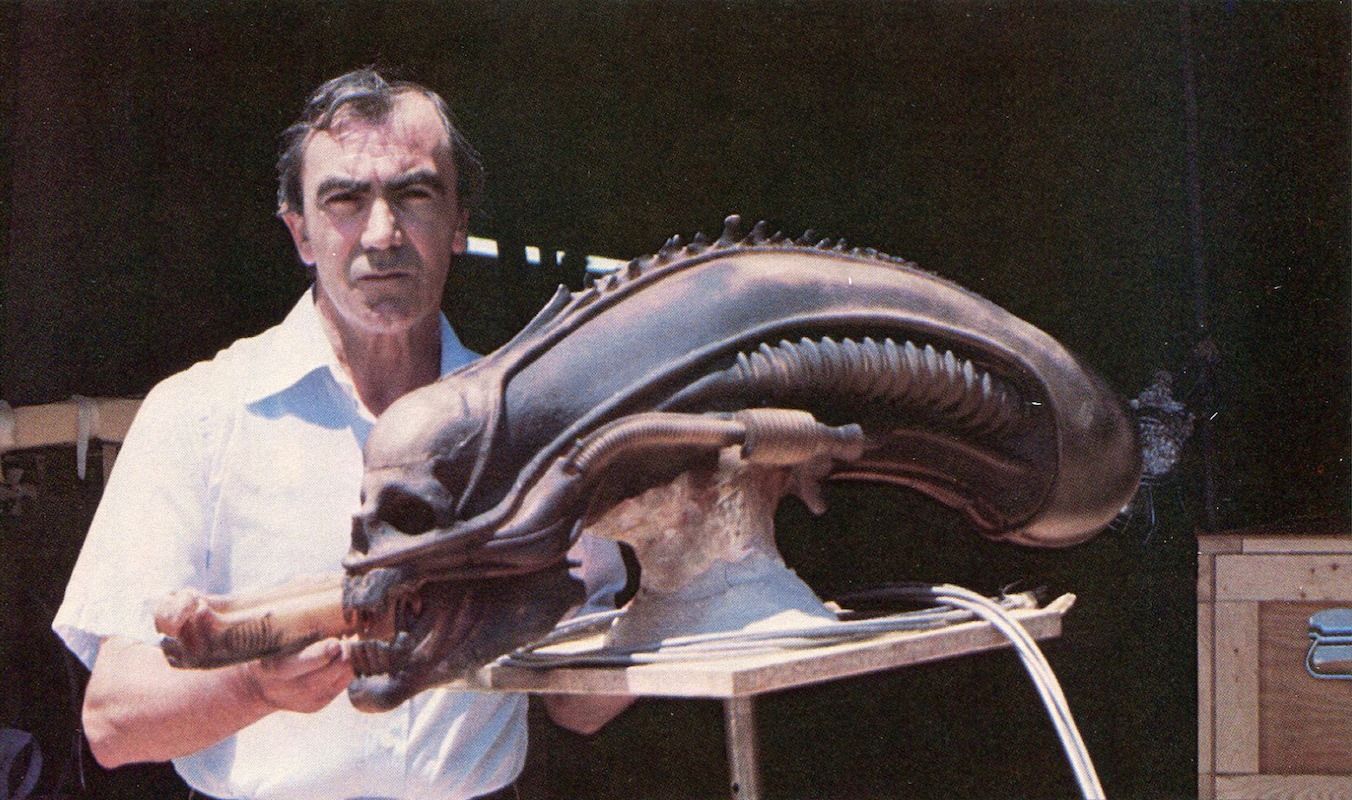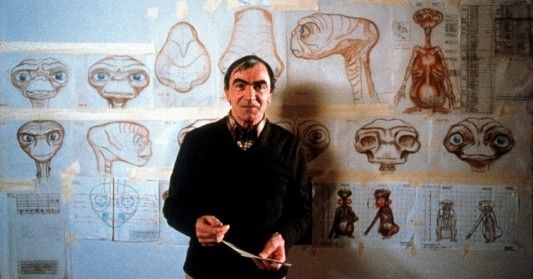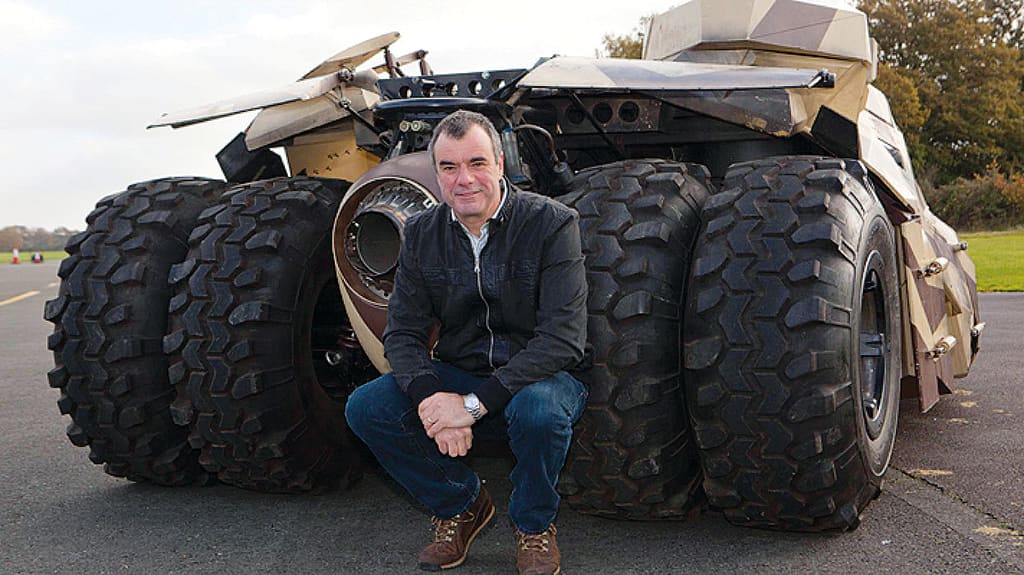The Evolution of Special Effects in Cinema
Filmmaking is a complex process in which a huge number of people are involved. We're going to look at the evolution of special effects in cinema and talk about the biggest names in the industry.


We are used to talking about directors, cinematographers and actors because they are the most visible in the filmmaking process. However, filmmaking is a complex process in which a huge number of people are involved. What about those who work on costumes and sets? And the stunts? All these are talented people who know their craft, and today we would like to focus on something without which contemporary cinema would be inconceivable: effects. And we're going to look at the evolution of special effects in cinema and talk about the biggest names in the industry.
But before we continue, we want to remind you that here we promote the love of art and try to inspire you to take your camera and make a short film. Leave the boring pre-production routine to the Filmustage - automatic script breakdown - and focus on your creativity!
Also after a long time of hard work we are happy to announce the beta-testing of the new Custom categories feature in the Filmustage software. Be one of the first to test the new functionality - click here for more detailed information.
Art by @nadi_bulochka
Let's Define SFX, Shall We?
The modern viewer would rather define visual effects based on large-scale blockbusters, where epic explosions appear here and there, and real-world imagery is combined with computer-generated imagery (CGI). However, we often forget that cinema is reality recreated from scratch. So in movies we keep seeing artificial rain, which is also an effect, only practical, or SFX. So, VFX & SFX use different tools to achieve one goal: to create a realistic image on the screen, and it's all the more interesting to see how cinematography from "Godzilla" (1954) came to the "The Matrix".
The Birth of SFX & VFX: Georges Méliès
Georges Méliès was a French filmmaker, a pioneer of cinema, who was the first to discover the playful dimension of cinema. While other pioneers rested on a philosophy of truly capturing reality, Méliès set out to create fantastical films whose sets and plots had nothing to do with reality.
To express his fantasy on the screen, Georges Méliès invented many of the tricks and special effects that we still use when making movies today. For example, Méliès was the first to invent the technique of jump-cut, with which he created the effect of a sudden appearance or transformation. Today, of course, it looks funny, but in the early 1920s it was a kind of magic. Georges Méliès also invented the split-screen technique, which allowed two people to appear on the screen at the same time; he also pioneered double exposures, which allowed Méliès to create the first ghosts on the screen; and it is worth noting that Méliès was the first to notice that the speed at which a film rolls over a frame affects the speed at which the picture is taken - he was thus the first to test slow and fast motion.
Georges Méliès was the first in the world to take the effects of cinema seriously, and so he even built his own small film studio and effects department. Cinematography owes a lot to this French pioneer.
The Great and Terrible Godzilla: Eiji Tsuburaya
Eiji Tsuburaya was a Japanese visionary who worked in the genres of fanfiction and horror. His fantasies of anthropomorphic monsters horrified the world in the latter half of the last century. Tsuburai is recognised for his mastery of miniature craftsmanship: he built scaled-down replicas of cities and volcanoes, which were inevitably destroyed in his films. When director Ishiro Honda called Eiji Tsuburai to work on "Godzilla", Tsuburai was set to shoot it in the same way as "King Kong", i.e. with stop-motion animation. However, at that time there was no suitable stop-motion animator in Japan, so it was decided to hire an actor and dress him up as "Godzilla".
In this way, Eiji Tsuburai managed to enlarge the sets and thus make them as detailed as possible, making "Godzilla" one of the scariest films of its time.
Eiji Tsuburaya was a bold pioneer who dared to abandon the industry standard of stop-motion, and created a frighteningly realistic image of the monster that conquered the world.
Discover the legends behind cinema's greatest practical effects!
With Filmustage, streamline your pre-production process and bring your own cinematic vision to life.
Creating Creatures: Carlo Rambaldi
Carlo Rambaldi's contribution is not seen in recreating as much blubber and destruction on screen as possible. His creativity lay in creating whimsical and realistic creatures. Starting his career in Europe, where Rambaldi rose to fame in the sci-fi and slasher genres, he created a large number of bloodthirsty creatures.
However, his talent was noticed in Hollywood and he was asked to create a large "King Kong" puppet for the 1976 remake. He designed and built a 12-metre-long monster that weighed 5 tons and was powered by 2 kilometres of wire and hydraulic hoses. Carlo Rambaldi's "King Kong" is the largest and most complex puppet ever created in a movie and now, in a world where CGI rules, no studio would dare build something like this.
The detail and mechanics of "King Kong" impressed Steven Spielberg so much that he invited Carlo Rambaldi to do a similar thing in "Close Encounters of the Third Kind". Rambaldi then collaborated with another great director, Ridley Scott, and collaborated with Hans Giger to create the dreaded "Alien". Rambaldi designed the monster's head, which included 900 moving parts and mechanisms, to make it frighteningly realistic.

And in 1982 Carlo Rambaldi reunited with Steven Spielberg to create "E.T. the Extra-Terrestrial". Rambaldi created 5 puppets which were both mechanically and radio controlled. The complexity of the design did not prevent Carlo, with the help of about 15 operators who controlled the puppet, to create a being you wanted to believe in.

Carlo Rambaldi is a true artist and creator who has changed cinema with his realistic and detailed miniatures.
Magic on the Screen: John Richardson
John Richardson was attached to movies all his life because his father was also a master of special effects, so he took his son to every shooting. Since childhood, Richardson learned the techniques of pyrotechnics and miniatures, and when his father retired from the business came the finest hour of his son. From the very first films, Richardson displayed his enthusiasm and audacity: he invented many pyrotechnic tricks and stunts that sometimes even refused to work with. And starting with "Moonraker" he has become a regular special effects master for the James Bond franchise.
John Richardson worked on another equally ambitious adaptation of the Harry Potter books for 10 years after leaving the Bond franchise. He, along with Chris Collumbus and Alfonso Cuarón, did his best to create real magic on screen with special effects. Think of the chess episode in Part 1: Richardson designed radio-controlled marionettes that moved and exploded for real, leaving only the drawing of the strokes to CGI artists.
For his work on the Harry Potter franchise, John Richardson was nominated for an Academy Award more than once.
Conquering Hollywood: Michael Lantieri
Michael Lantieri is one of those who doesn't deny computer graphics in film, but instead has a keen understanding of how to combine practical effects and CGI. A turning point in Lantieri's career was his collaboration with Robert Zemeckis, with whom Michael Lantieri made "Who Framed Roger Rabbit" as well as the sequel and threequel "Back to the Future".
For "Who Framed Roger Rabbit", Lantieri was clearly aware of how to combine film and animation, and so he designed many mechanisms that simulated the actions and movements of the characters, like a mechanical arm holding a gun, or mechanisms on ropes that made furniture fly around. However, Michael Lantieri is best known for creating flying boards for "Back to the Future". It was all about an intricate system of suspended cables on which the actors were essentially suspended, while the boards themselves were actually glued to their feet.
It was his precise handling of practical effects and his understanding of how to combine them with computer graphics that allowed Lantieri to become a tidbit for many major projects. For this reason, he collaborated with Steven Spielberg on "Jurassic Park", "Hook" and "Minority Report"; with Francis Ford Coppola on "Dracula"; and Lanthieri worked on every part of "Pirates of the Caribbean".
As a result, Michael Lanthieri has multiple Academy Award nominations, as well as one win for "Jurassic Park". He remains one of the most in-demand masters of his craft and continues to make magic on screen.
Against CGI: The Corbould Brothers
The Corbould Brothers are four men who have consistently made their way into the film industry. For example, Chris Corbould assassinated John Richardson on the set of a succession of James Bond films, while Neil Corbould worked on the sets of "Superman" and "An American Werewolf in London".
Younger brothers Neil and Paul have for many years headed up the practical effects department for all Marvel blockbusters. Paul is also known for his work on the drama "Children of Men" and the historical drama "Dunkirk".
Chris Corbould is now the permanent author of all the practical effects for the James Bond franchise. Bondiana holds the Guinness record for the biggest practical explosion in cinema. It took about 8000 litres of fuel and 30 kilos of explosives to make the explosion that went into the final version of the film. Such explosions are Chris Corbould's trademark, which he uses in almost every film he works on: he blew up the minutemen in "Inception", as well as an entire hospital in Christopher Nolan's "The Dark Knight".

In general, the collaboration between Chris Corbould and Christopher Nolan can be called a landmark, because it was in Nolan's films Corbould created a real Batmobile, trashed the streets of Gotham, and designed more than a hundred car crashes.
Neil Corbould took a different route and found a collaboration with Luc Besson, who spotted Neil's talent working on the legendary "Léon". Neil became the practical effects coordinator on "The Fifth Element". Neil's ingenuity united the computer graphics with the practical effects, and it stood out. Steven Spielberg invited Corbould to work on effects in "Saving Private Ryan", where one landing in Normandy would make Neil a legendary person in SFX sphere.
But that's not all: Neil Corbould is a regular collaborator with Ridley Scott and Tim Burton, and has also been honoured with two Oscar wins. And his work on Alfonso Cuarón's "Gravity" has certainly landed him in the Hall of Fame, as he not only designed a cable system that simulated weightlessness, but also invented a system of light panels that allowed cinematographer Emmanuel Lubetzky to capture stunning footage.
This is an incredibly talented family who, through their dedication and inventiveness, continue to create the magic of cinema through SFX.
Afterword
So we've tried to tell you about some of the main revolutionaries and innovators in the field of practical effects in cinema. We've also tried to trace the evolution of this field and how it has changed cinema. Of course, there are many more names worth mentioning, and we're not discounting their contributions in any way. Just keep in mind that our list is subjective and our aim is to show you a film that is perhaps surprising. We hope you found this blog interesting. Let us know what you think about it and we'll say goodbye. See you next Tuesday!
From Breakdown to Budget in Clicks
Save time, cut costs, and let Filmustage’s AI handle the heavy lifting — all in a single day.